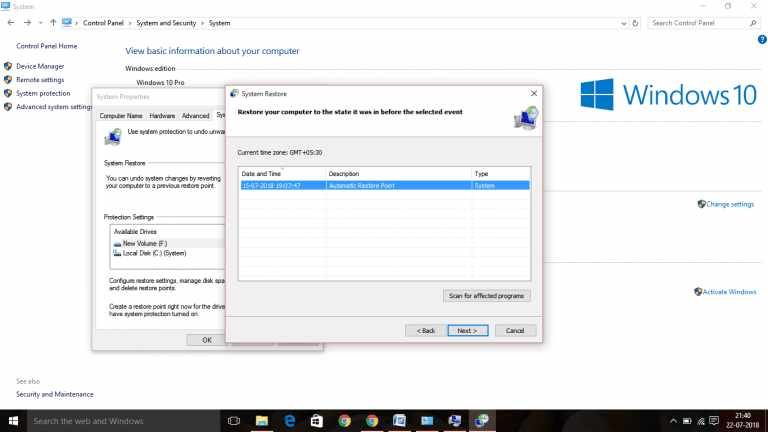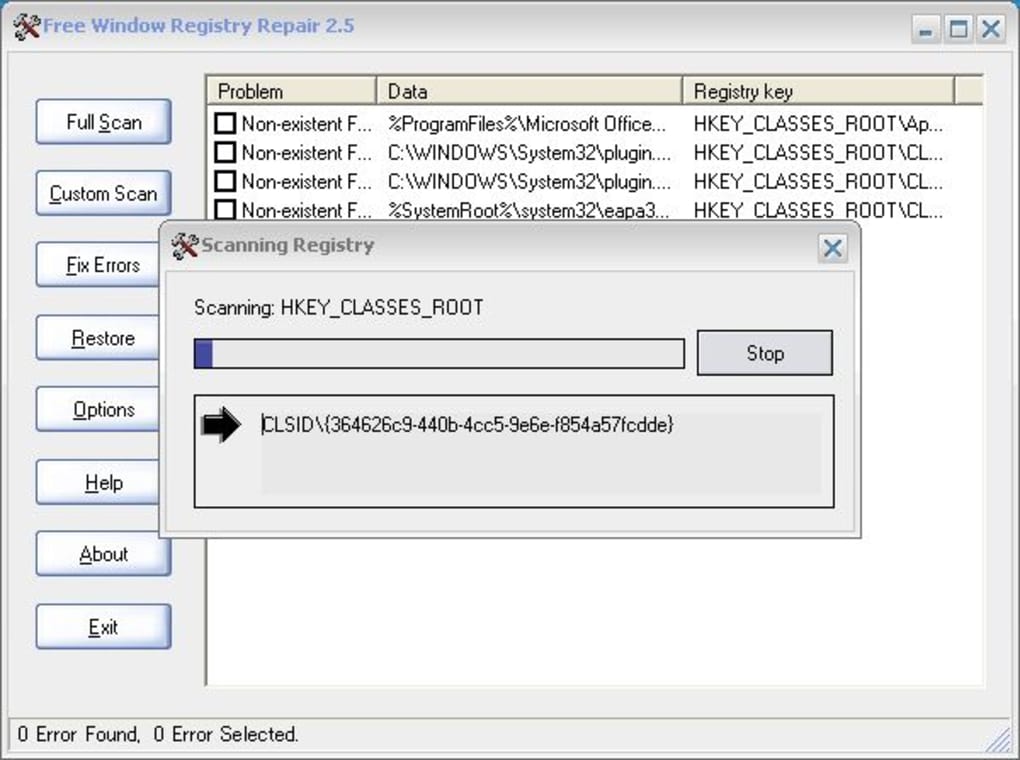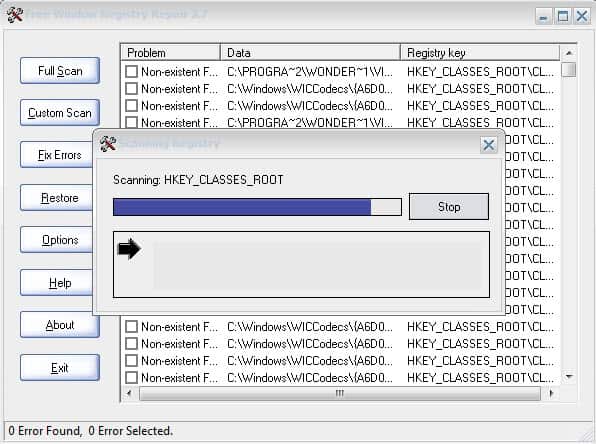

HKEY_CURRENT_USER is the root of settings for the currently logged-in user,Īnd this user can generally read and write all settings under this root. In much the same way that directories containing configuration files would work. These are used on Windows to store settings Key may contain “subkeys” (keys nested within keys) and “values” (named and DefinitionsĪ “registry key” is the equivalent of a file-system path into the registry. More information can be presented to users. We also take the opportunity to add some well-known metadata so that

To register themselves uniquely, as well as providing tool developers guidanceįor discovering all available Python installations, these collisions should be These values, often causing users to “lose” their original Python installation.īy describing a layout for registry keys that allows third-party installations Result, third-party installations that wish to be discoverable will overwrite Python installations only inspect the keys used by the official installer. Most tools that use the registry to detect Third-party installers, such as those used by distributions, typically create P圜harm and Visual Studio already make use of this information. For example, the PEP 397 py.exe launcher and editors such as Installers or IDEs to automatically detect and display a user’s Python When installed on Windows, the official Python installer creates a registry keyįor discovery and detection by other applications. Some backwards compatibility rulesĪre provided to ensure tools can correctly detect versions of CPython that do Installer since at least Python 2.5, and the resolution behaviour matches theīehaviour of the official Python releases. The schema matches the registry values that have been used by the official Of this information is left to the tool designers. The information that may be made available, but the actual presentation and use However, consoleĪpplications may also make use of the registered information. These tools are expected to be predominantly GUI applications. Python environments are not required to be registered unless they want to beĪutomatically discoverable by external tools.

Implementation changes to Python are proposed with this PEP. To detect and correctly display all Python environments on a user’s machine. Installers to register their installation, and to allow tools and applications This PEP defines a schema for the Python registry key to allow third-party Toggle light / dark / auto colour theme PEP 514 – Python registration in the Windows registry Author : Steve Dower BDFL-Delegate : Paul Moore Status : Active Type : Informational Created : 0 Post-History : 0, 0, 1 Resolution : Python-Dev message PEP 514 – Python registration in the Windows registry | Following system colour scheme Selected dark colour scheme Selected light colour scheme Python Enhancement Proposals


 0 kommentar(er)
0 kommentar(er)
